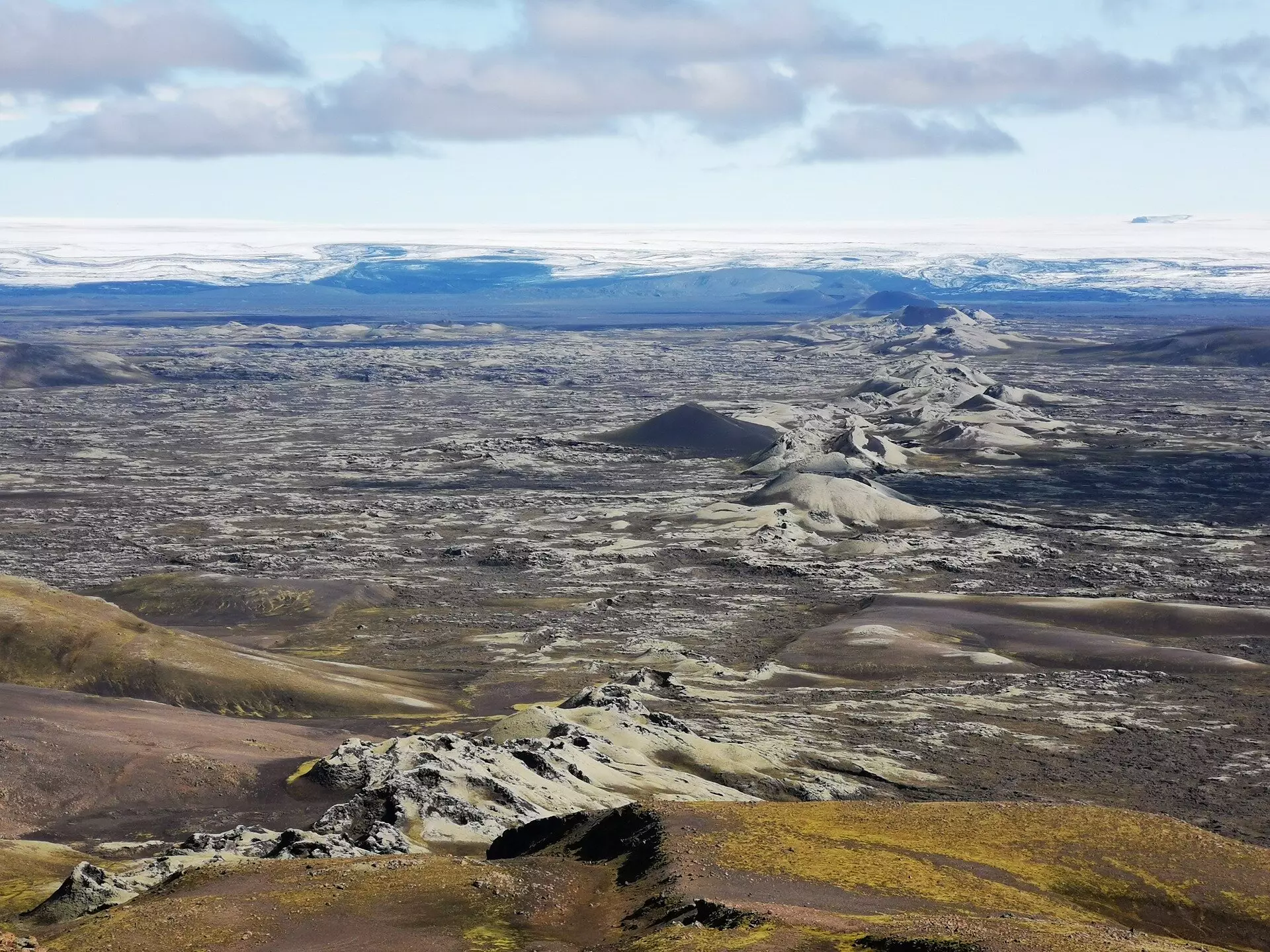The quest to understand Earth’s past is an intricate puzzle, revealing insights into the dynamic processes that have shaped our planet over eons. Recent studies led by Xianzhi Cao from Ocean University in China showcase an impressive endeavor where scientists have traced the continental movements through a temporal span of 1.8 billion years. This milestone achievement not only sheds light on global geological processes but also enhances our comprehension of how these processes have influenced the biological landscape, enriching the tapestry of life itself.
The Dance of Continents: A Geological Animation
For the first time, researchers have created a comprehensive map marking the planet’s geological evolution, allowing us to visualize a captivating continental dance spanning 40% of Earth’s history. This captivating reconstruction highlights major shifts, starting with recognizable modern continents, before delving into historical configurations like Gondwana and Pangea—the colossal supercontinent that once unified vast landmasses. The visual representation is not merely an academic exercise; it serves as a testament to the remarkable and sometimes tumultuous journey of Earth’s crust.
Throughout time, continents frequently drift, collide, and separate, illustrating the vibrant activity of plate tectonics. For example, as India moved southward, it carved out differences with neighboring regions, leading to the formation of Gondwana, which later merged with other records of tectonic history to create Pangea approximately 200 million years ago. This historic supercontinent eventually succumbed to the forces of plate tectonics, resulting in the familiar continents we recognize today.
Understanding Plate Tectonics and Its Implications
Earth’s uniqueness manifests in its plate tectonics—the continual motion of crustal plates that not only gives rise to earthquakes and volcanoes but also brings vital elements from deep within the Earth to surface level. This geological activity plays a pivotal role in shaping the biosphere. Key elements such as phosphorus and molybdenum, which are critical for life, are transported to rivers and oceans through erosion from tectonically uplifted rocks.
The long-term climate control exerted by tectonics is another critical aspect. Mountain-building activities, for instance, elevate rocks that significantly impact carbon dioxide levels in the atmosphere. These interactions have profound implications for Earth’s climate across geological timescales, far exceeding the immediate climate challenges faced today.
The recent mapping initiative serves as a foundation for constructing an elaborate digital model of Earth’s geological history. This digital framework will enable scientists to explore a range of hypotheses, including shifts in climatic conditions, the triggers for global glaciation events dubbed “Snowball Earth,” and the timing of atmospheric oxygen accumulation.
Understanding these correlations is vital, particularly as the evolution of complex life—marked by the emergence of eukaryotic cells—aligns closely with events in the geological timeline. The interplay between tectonic uplift and the availability of essential elements at pivotal points in time could illuminate paths for future life on our planet.
The implications of tectonic studies extend beyond understanding past environments; they hold tangible possibilities for future resource exploration. Metal deposits, often formed at volcanic margins, can be traced back to geological activities at ancient plate boundaries. By constructing a timeline of plate interactions, geologists can identify historical regions likely to be rich in valuable minerals, thereby assisting in modern mineral exploration endeavors.
In a time characterized by the search for extraterrestrial resources, it is clear that our own planet harbors a wealth of information that remains largely untapped. The rocks beneath our feet contain chronicles of tectonic processes, offering lessons that could influence scientific exploration beyond Earth.
Concluding Thoughts: The Beginning of a Grand Exploration
As we stand at the precipice of a newfound understanding of Earth’s geological history, it becomes evident that this is merely the beginning. The recent reconstruction of 1.8 billion years of tectonic shifts represents a significant advancement in geological sciences—a leap, rather than the final destination. Future efforts will refine this map, further bridging the gaps in our understanding and eventually unraveling mysteries about Earth’s dynamic character.
The journey to decoding our planet’s past is expansive and complex, and with each step taken, we get closer to understanding the interplay between geological processes and the evolution of life. The story of Earth is still being written, and the rocks that comprise its surface hold the key to uncovering secrets yet to be revealed.

